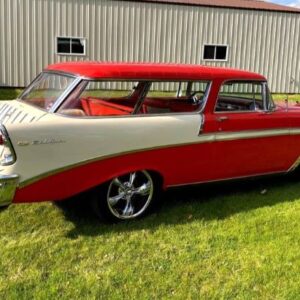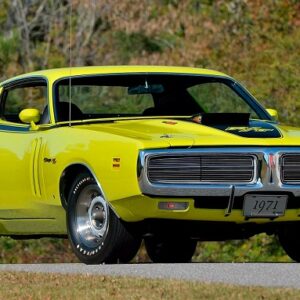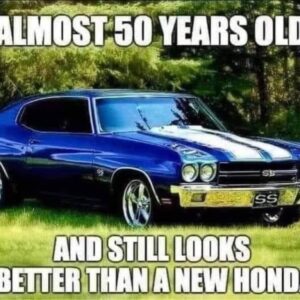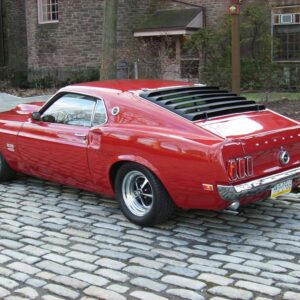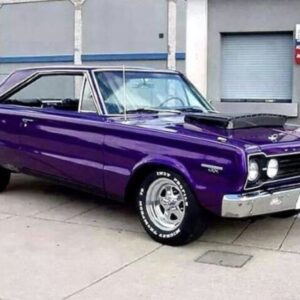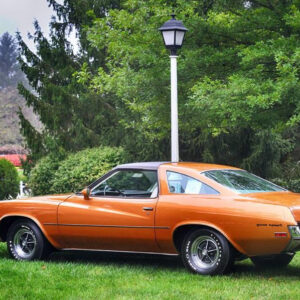For a brief period of two years, the Hupmobiles used body shells borrowed from the 1934 Ford Model 40. The Ford and Hupmobile bodies were manufactured by the Murray Body Corporation of Detroit, using dies originally engineered for the Ford Motor Company.
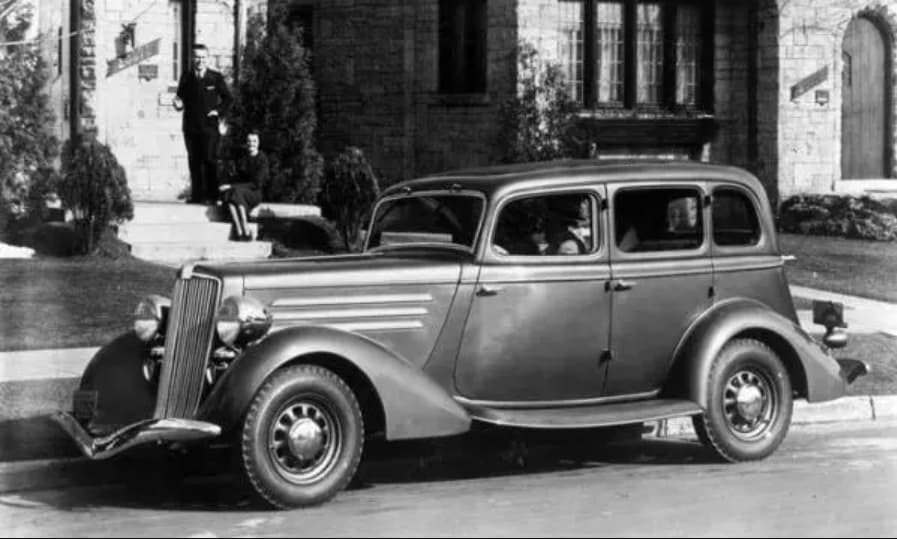
The Similarity Between Ford Model 40 and Hupmobile Model W
The 1934 Ford Three-Window Coupe is essentially similar to the 1934-35 Hupmobile Model W, as both cars were known collectively as the Model 40. The uncanny similarity is not a coincidence, as the body shells were manufactured by the Murray Body Corporation of Detroit, which was an important supplier to both Ford and Hupmobile.
Clarence W. Avery, the CEO of Murray, was a former Ford executive and a close associate of Edsel Ford. Avery had even taught industrial arts to Edsel Ford at Detroit University School. During the early years of the Great Depression, the Motor City’s auto suppliers were in desperate shape, including Murray. Ford decided that it was in the automaker’s best interests to keep Murray in business, and the recycled Ford body dies saved a considerable amount of cash for both Murray and Hupmobile.
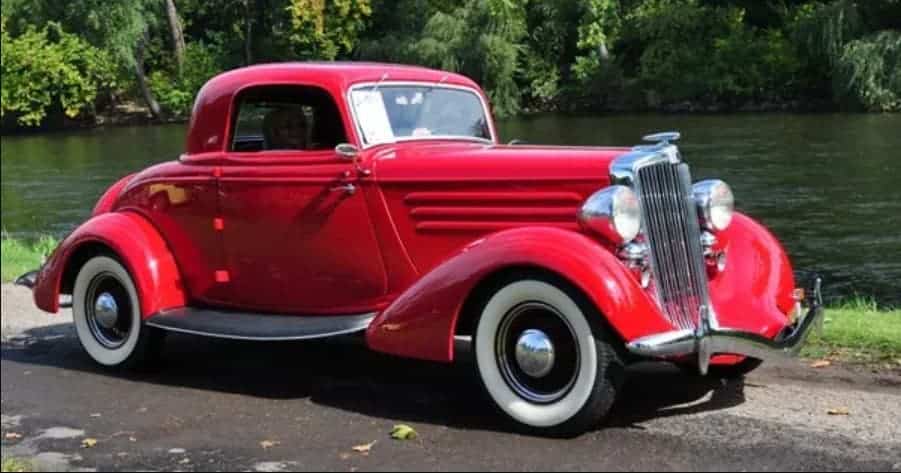
Interesting Differences Between Ford and Hupmobile Body Shells
While the Ford and Hupmobile coupe bodies are similar, there are some interesting differences. The Hupmobile coupe uses Ford Cabriolet doors, which feature three hinges and roll-down window frames, creating a hardtop-like effect. The Hupmobile also employed unique fenders, hood, and radiator shell, and it rode on a different chassis with a 117-inch wheelbase compared to 112 inches for the Ford Model 40. The Hupmobile plant was located near the Milwaukee Junction neighborhood in Detroit, on the southeast corner of what is now the General Motors Hamtramck complex.
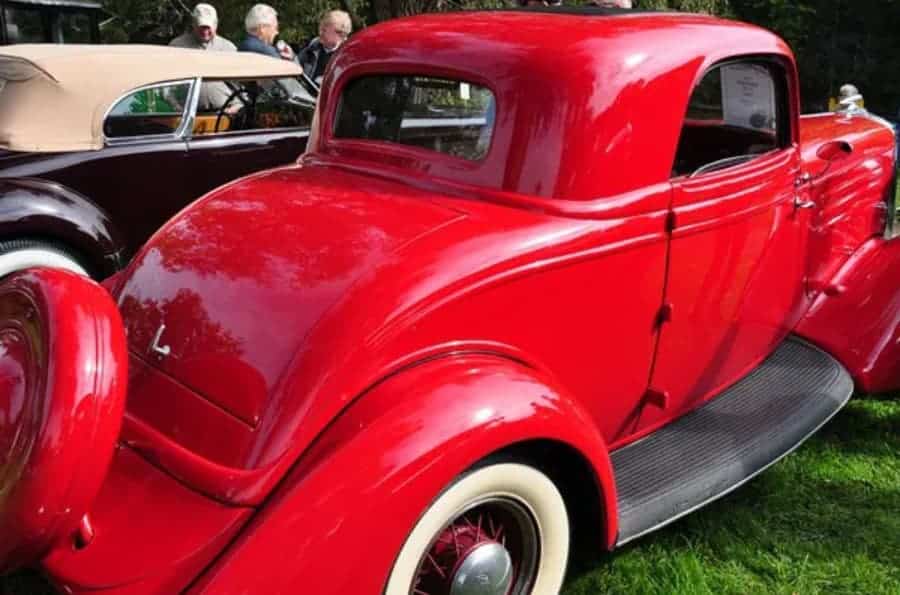
The Ford-bodied Hupmobiles of 1934 and 1935
For 1934, the Ford-bodied Hupmobiles were identified as the model ID 417W, while the ’35 cars were designated as 517W. The low-priced line was added by Hupmobile to complement the larger and more expensive Aerodynamic series designed by Raymond Loewy and introduced in 1934. There were only two body styles available, a coupe and a four-door sedan. Priced roughly in Oldsmobile Six territory at $795, the Ford-based junior Hupmobiles were not big sellers, unfortunately, as total volume for both production years amounted to fewer than 5,000 cars.
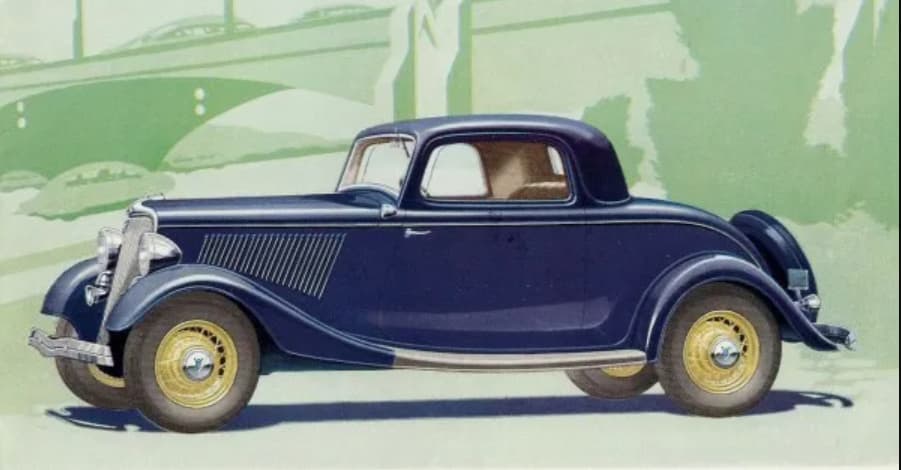
classiccartoday
